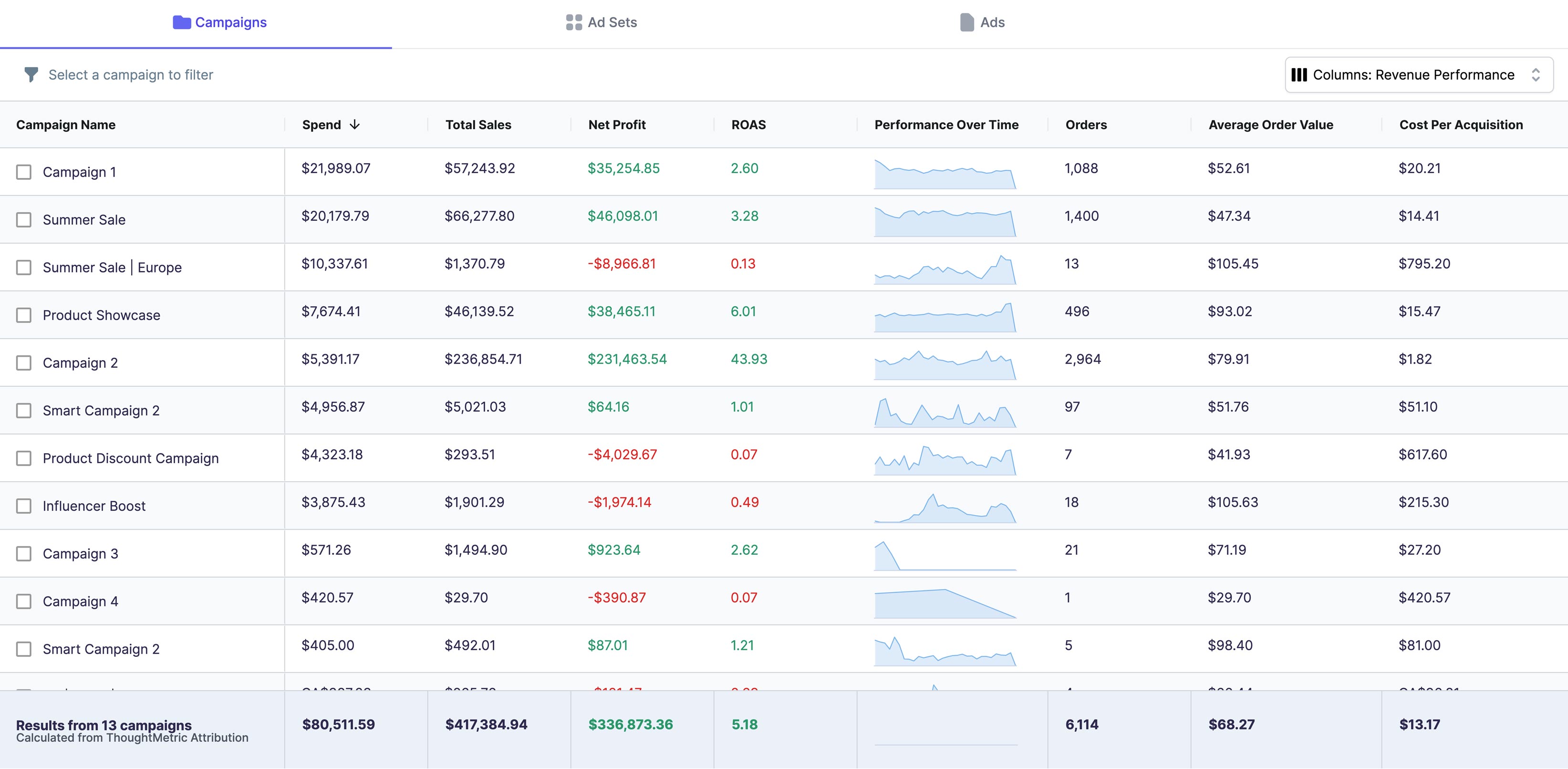Google Ads is an incredibly powerful tool for promoting your business online. However, to make the most of this platform, it's essential to understand how Google Ads Quality Score works. In this article, we'll guide you through each step of the process to help you see Quality Score in Google Ads and improve your ad campaign performance.
Understanding Quality Score in Google Ads
Before diving into the specifics of how to see Quality Score in Google Ads, it's crucial to understand what it is and why it matters. Put simply, Quality Score is a metric that Google uses to evaluate the relevance and quality of your ad campaigns. It takes into account factors such as ad relevance, expected click-through rate, and landing page experience to determine how well your ads are likely to perform.
One important thing to note about Quality Score is that it is not solely based on the content of your ads. In fact, the landing page experience is a significant factor in determining your Quality Score. This means that you need to ensure that your landing pages are relevant, easy to navigate, and provide a good user experience.
What is Quality Score?
Quality Score is a score between 1 and 10 that represents the overall quality of your ad campaign. It's calculated by taking into account various factors, such as ad relevance, expected click-through rate, and landing page experience. A higher Quality Score indicates that Google thinks your ad is more relevant and of higher quality, meaning it is more likely to perform well.
It's important to note that Quality Score is not a static metric. It can change over time based on the performance of your ad campaign. This means that you need to consistently monitor and optimize your campaigns to maintain a high Quality Score.
Why is Quality Score Important?
Quality Score is crucial for several reasons. Firstly, it determines the ad rank of your ad, which in turn affects how often and where your ads are shown. This means that a higher Quality Score can result in your ads being shown more frequently in better positions, which can lead to more clicks and conversions.
Secondly, a higher Quality Score can result in lower costs per click and higher ad positions, meaning that you can get more clicks for a lower cost. This is because Google rewards advertisers who provide a good user experience with lower costs per click and higher ad positions.
Finally, focusing on improving your Quality Score can lead to a better overall ad campaign performance. By optimizing your ad campaigns for Quality Score, you'll be improving the relevance and quality of your ads, which can lead to more clicks, conversions, and ultimately, a better return on investment.
In conclusion, understanding and optimizing for Quality Score is essential for any Google Ads advertiser who wants to achieve the best possible results from their campaigns. By focusing on ad relevance, expected click-through rate, landing page experience, and other factors that contribute to Quality Score, you can improve the performance of your ads and achieve your advertising goals.
Setting Up Your Google Ads Account
Creating a Google Ads Account
The first step in seeing Quality Score in Google Ads is, of course, setting up a Google Ads account. You can create an account by visiting the Google Ads website and following the step-by-step instructions provided. It's important to note that in order to create an account, you'll need to have a valid email address and payment method.
Once you've created your account, Google Ads will prompt you to set up your first campaign. This is where you'll choose the type of ad you want to run, select your target audience, set your budget, and create your ad copy.
Navigating the Google Ads Dashboard
Once you've set up your campaign, you'll need to familiarize yourself with the Google Ads dashboard. This is where you'll be able to see your Quality Score metrics and make adjustments to your ad campaign. The dashboard is divided into several sections, including:
- Campaigns: This is where you'll see a list of all your active campaigns.
- Ad Groups: Within each campaign, you'll have several ad groups. This is where you'll create and manage your ad copy.
- Keywords: This section will show you a list of all the keywords you're targeting in your ad campaign.
- Ads: Here, you'll be able to see all the ads you've created for each ad group.
- Extensions: Google Ads offers several ad extensions, such as call extensions and sitelink extensions. This section is where you'll manage those extensions.
It's important to regularly check your Quality Score metrics within the dashboard. Quality Score is a measure of how relevant your ads, keywords, and landing page are to a user's search query. The higher your Quality Score, the better your ad will perform and the less you'll pay per click.
If you notice that your Quality Score is low, you may need to make adjustments to your ad copy, targeting, or landing page. Google Ads offers several tools and resources to help you improve your Quality Score, such as the Keyword Planner and the Ad Preview and Diagnosis tool.
Accessing Quality Score Metrics in Google Ads
Enabling Quality Score Columns
To see your Quality Score metrics, you'll first need to enable the relevant columns in your Google Ads dashboard. To do this, navigate to the campaign or ad group dashboard and click on the "Columns" drop-down menu. From here, you can select the "Quality Score" option to see your Quality Score metrics.
Understanding the Different Quality Score Metrics
There are several different Quality Score metrics to be aware of:
- Keyword Quality Score: This metric represents the overall quality of your selected keywords and is based on factors such as click-through rate (CTR), relevance, and landing page experience.
- Ad Relevance: This metric reflects how relevant your ad copy is to your selected keywords.
- Expected Click-Through Rate: This metric predicts the likelihood that someone will click on your ad when it is shown.
- Landing Page Experience: This metric reflects how relevant and user-friendly your landing page is.
Analyzing Your Quality Score Data
Identifying Low-Quality Score Keywords
One of the most important steps in improving your Quality Score is identifying low-scoring keywords. This can be done by analyzing your Quality Score data to see which keywords are performing poorly.
Evaluating Ad Relevance and Landing Page Experience
To improve your Quality Score, you'll also need to evaluate your ad relevance and landing page experience. This means making sure that your ad copy is highly relevant to your selected keywords and that your landing page is user-friendly and contains high-quality content.
Monitoring Quality Score Over Time
Finally, it's important to regularly monitor your Quality Score metrics to see how your ad campaign is performing over time. This can help you identify trends and make adjustments to your ad campaign as necessary.
Improving Your Quality Score
Optimizing Ad Copy for Relevance
One of the most effective ways to improve your Quality Score is to optimize your ad copy for relevance. This means using highly relevant keywords in your ad copy and making sure that your ad text is as specific and targeted as possible.
Enhancing Landing Page Experience
Another essential element of improving your Quality Score is enhancing your landing page experience. This means making sure that your landing page is user-friendly, contains high-quality content, and is optimized for conversions.
Utilizing Negative Keywords and Keyword Match Types
Finally, utilizing negative keywords and different keyword match types can also help improve your Quality Score. Negative keywords allow you to exclude irrelevant search terms from triggering your ad, while different keyword match types allow you to target your ads more effectively.
Conclusion
Improving your Quality Score is essential for running successful Google Ads campaigns. By understanding how to see Quality Score in Google Ads and making adjustments to your ad campaign accordingly, you can optimize your ad performance, increase clicks, and lower costs. Follow these steps to get started on improving your ad campaign today!





